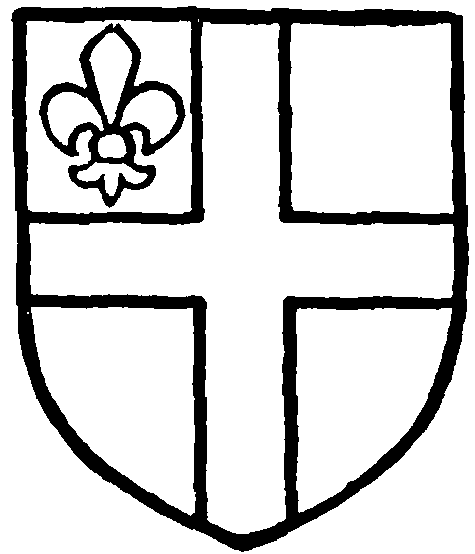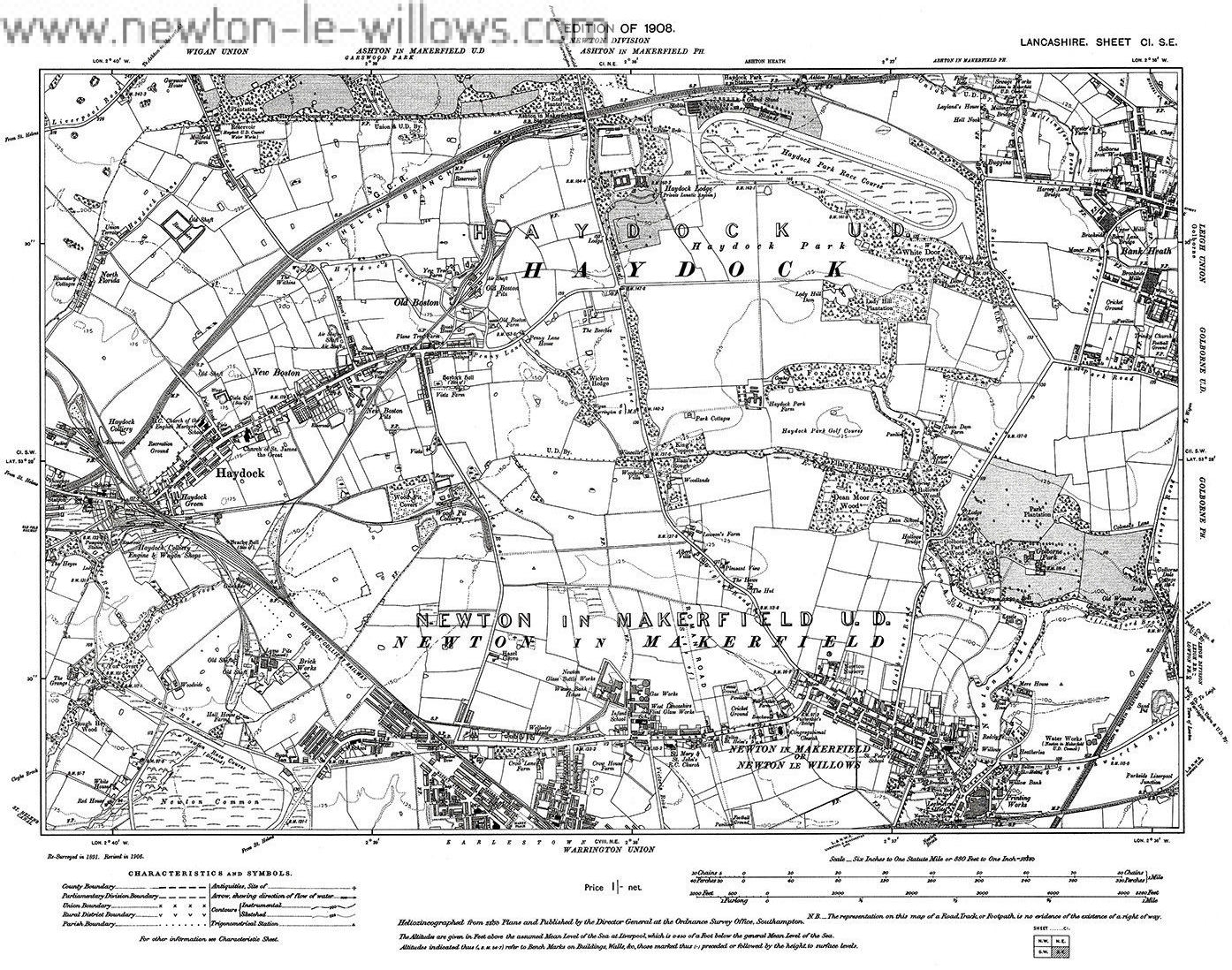In history Haydock has been named as Hedoc, 1169; Heddoch, 1170; Haidoc, 1212. and then recently called Haydock This township has an area of 2,409 acres. (fn. 1) From its situation between Newton and Ashton it seems to have been cut off from the former township. Clipsley Brook separates it from Garswood in Ashton, and Sankey Brook forms the south-west boundary. The population in 1901 numbered 8,575. Haydock is varied in its natural features, sometimes undulating, sometimes flat. On the west the surroundings are unpicturesque but typical of a colliery country, scattered over…
Read More >>Month: April 2018
Haydock: some history
Haydock Historic Characterisation project from 2011 conducted by National Museums Liverpool and English Heritage Township: Haydock Geology: The solid geology is coal measures sandstone overlain by drift deposits of boulder clay. Historic Core: According to the OS 6 1st Edition map, the main historic core of Haydock appears to have been based at Haydock Town and Old Boston. Linear settlement development also exisits between Haydock Green and Old Boston. Haydock Green is named and depicted on Greenwood(1818) and Hennet (1830) maps. Only the township of Haydock is named on Hennet…
Read More >>George & Robert Stephenson
THE LIFE OF George Stephenson and his son Robert Stephenson Comprising also a history of the invention and introduction of the railway locomotive. By Samual Smiles With Portraits and Numerous Illustrations. [iii] PREFACE. The present is a revised edition of the Life of George Stephenson and of his son Robert Stephenson, to which is prefixed a history of the Railway and the Locomotive in its earlier stages, uniform with the early history of the Steam-engine given in vol. iv. of “Lives of the Engineers” containing the memoirs of Boulton and…
Read More >>

